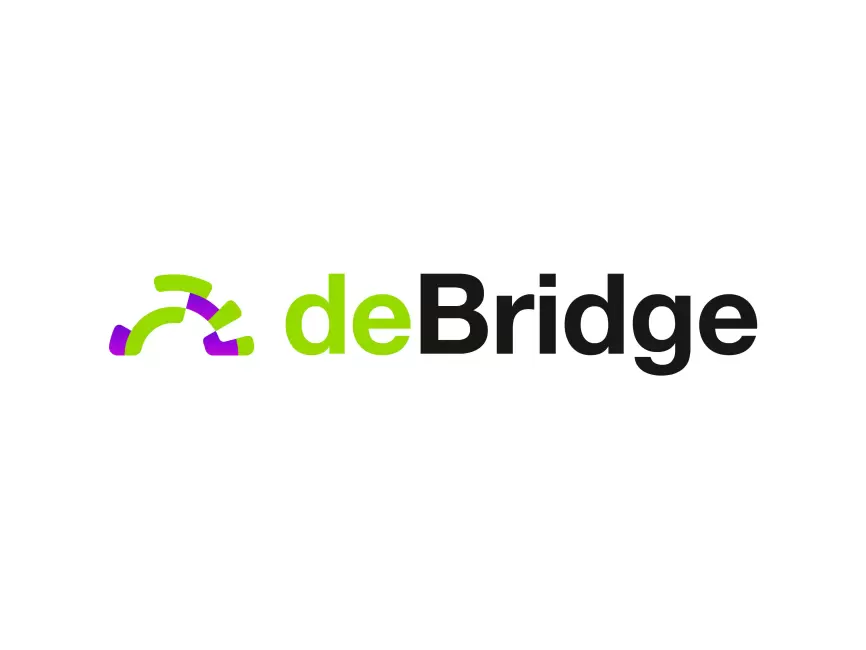So, I was poking around the DeFi space the other day, and man, cross-chain bridges are everywhere now, right? But here’s the kicker: most of them still feel like shaky rope bridges over a raging river. Seriously, you ever wonder if your assets are really safe when zipping between blockchains? Something felt off about a lot of the options out there. Then I stumbled on debridge finance — and wow, this one’s different.
At first glance, I thought, “Okay, another bridge. Big deal.” But then I dug deeper, and the way they handle secure asset transfer kinda blew my mind. It’s not just about speed or fees; there’s this whole layer of security and user control that feels… well, rare these days.
Here’s the thing. Cross-chain bridges are the backbone of DeFi’s promise to be truly interoperable. Yet, many have been hacked or slowed by clunky tech. So, what’s the deal with debridge? Why are folks in the know suddenly talking about it? I’ll walk you through my journey trying to make sense of this.
Initially, I thought all bridges were basically the same under the hood—just different flavors of the same tech. But actually, wait—let me rephrase that—debridge’s approach to decentralized governance and modular architecture kind of flips that idea on its head. It’s like they designed the bridge not just to transfer tokens, but to adapt and evolve with the ecosystem.
Really? Yeah. And it’s not just marketing fluff.
Okay, so check this out—debridge uses a system of validators that work more like a decentralized jury instead of a single trusted party. This means the security doesn’t hinge on one weak link but is distributed across multiple nodes. That’s huge for anyone who’s had cold sweats watching their crypto move around.
What bugs me a bit, though, is the complexity. The tech can feel overwhelming if you’re not knee-deep in smart contracts and blockchain protocols. But I guess that’s the price of security sometimes. Still, for those of us who’ve burned our fingers before, it’s worth the steep learning curve.
And here’s a small tangent: the user interface is surprisingly clean for something so sophisticated. It’s not your typical crypto mess of jargon and clutter. I found myself actually enjoying the process, which is rare in this space.
On one hand, bridging assets has always been a balancing act between convenience and safety. Too much speed, and you risk bugs or exploits; too much caution, and the whole point of DeFi interoperability suffers. Though actually, debridge seems to strike a middle ground where you don’t feel like you’re gambling your funds just to move tokens.
It’s also refreshing to see the team behind debridge openly engaging with the community, iterating based on feedback. This kind of transparency is a breath of fresh air compared to some of the silent, closed-off projects out there.


By the way, if you want to get a firsthand feel for how this works, the debridge finance official site is a solid place to start. They break down the process with enough detail to satisfy both newbies and seasoned users alike.
Now, I won’t pretend that debridge is perfect. No platform is. There are still questions about how it will scale as more blockchains jump onboard or how it handles unforeseen vulnerabilities. But hey, that’s the nature of this wild west digital frontier.
My instinct said to be skeptical about any “all-in-one” solution, but debridge’s modular design means it could actually integrate new chains and protocols without turning into a bloated mess. That’s a technical feat that many projects struggle to achieve.
And speaking of integration, the way debridge facilitates not just token transfers but also messages and arbitrary data across chains opens up some exciting possibilities. Imagine DeFi apps on different blockchains seamlessly talking to each other. It’s like the blockchain equivalent of having a universal translator.
So, what’s the takeaway here? If you’re someone who needs a secure and fast cross-chain bridge but has been burned or scared off by past incidents, debridge finance might just be worth your attention. It’s not flashy or hyped, but it’s built with a clear focus on security and adaptability.
Honestly, I’m biased because I’ve had my share of headaches with other bridges. But this one feels like a step in the right direction—more thoughtful, more resilient.
And yeah, there’s still a lot to watch. How the ecosystem adopts it, whether it can fend off future attacks, and how user experience evolves over time. But it’s exciting to see projects tackling these problems head-on instead of sweeping them under the rug.
So next time you’re about to move assets across chains, maybe give debridge a shot. Not because it’s perfect, but because it’s trying really hard to get the balance right.










